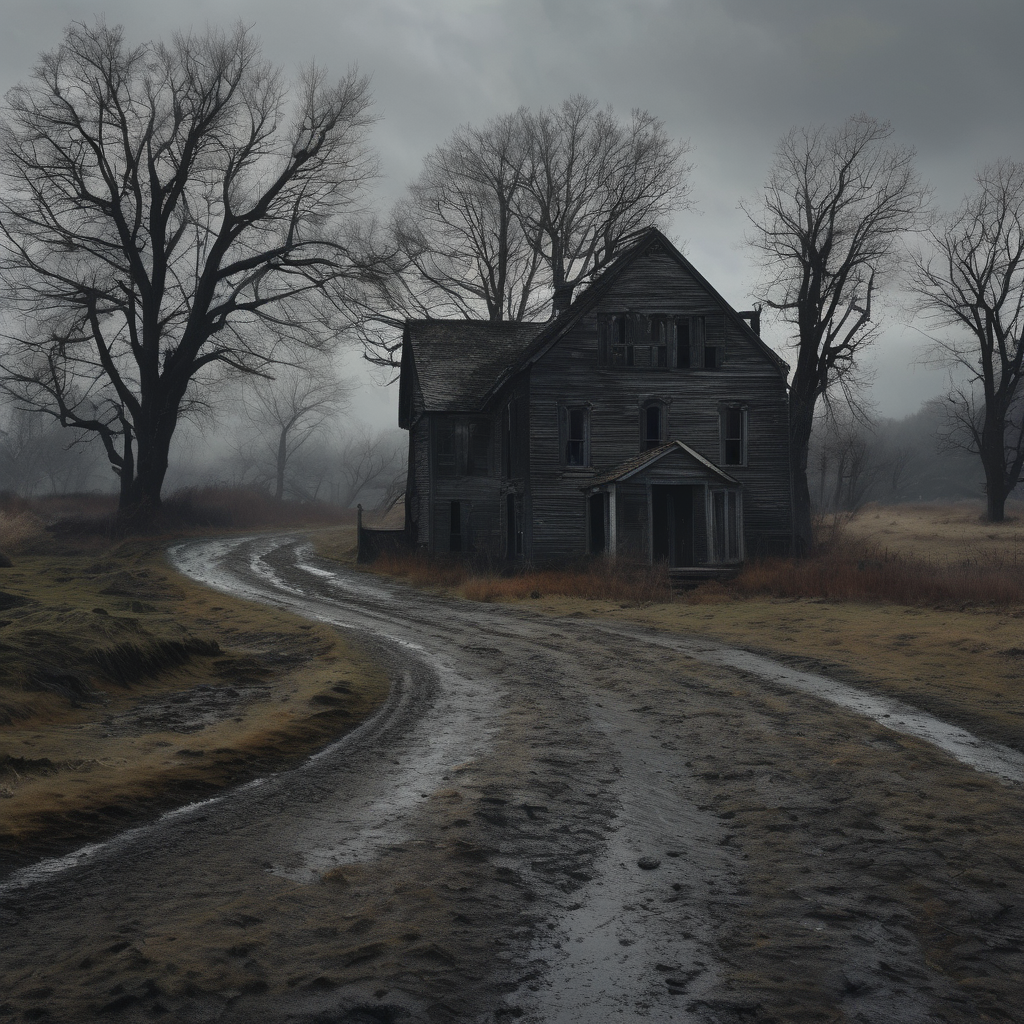In 1957, the apprehension of Ed Gein, a reclusive and peculiar man from a small Wisconsin town, unveiled a chilling sequence of events that would forever haunt the American psyche. Underneath the guise of an ordinary exterior lay a chilling story of macabre acts that have since provided inspiration for some of the most terrifying films in cinematic history, including “Psycho,” “Texas Chainsaw Massacre,” and “The Silence of the Lambs.”
It was a cold November evening when law enforcement raided Gein’s dilapidated farmhouse, suspecting him in the disappearance of local hardware store owner Bernice Worden. What they discovered was beyond imagination. Worden’s lifeless body had been grotesquely mutilated and displayed in a gruesome fashion. The horror continued as investigators discovered a house filled with skin-covered furniture, human skulls, and masks made from faces.
Ed Gein’s disturbing behavior was believed to be motivated by a twisted desire to resurrect his domineering, religiously fanatical mother, Augusta. Following her death, Gein had boarded up her room as a shrine. This peculiar attachment and his delusional attempts to bring her back manifested in the creation of wearable items made out of human skin, possibly inspired by the lurid tales of Nazi atrocities and headhunters from exotic locales that he read about in magazines.
The case of Ed Gein, dubbed by some as the “godfather of all serial killers,” revealed the depraved depths of human madness. Netflix is set to explore this chilling story further in an upcoming dramatization starring Charlie Hunnam. The new series aims to delve deeper into Gein’s psyche, exploring not only his horrific deeds but also the troubled individual behind them.
The story has been thoroughly analyzed by true crime experts, including Harold Schechter, an authority on Gein’s life, who suggests that beyond his quiet demeanor lay a violent willpower driving his heinous acts. Despite being mild-mannered and seemingly harmless, those close to the case describe him as carrying a monstrous duality.
Ed Gein died in 1984 while institutionalized, but the legacy of his crimes continues to resonate through popular culture, illustrating the thin line between normalcy and horror. The acknowledgement of Gein’s profound impact on horror literature and film underscores the dark fascination the public holds for understanding the minds of those who commit unspeakable acts. As we anticipate the new portrayal of his life, it serves as a reminder of the macabre underbelly that can exist within humanity.
